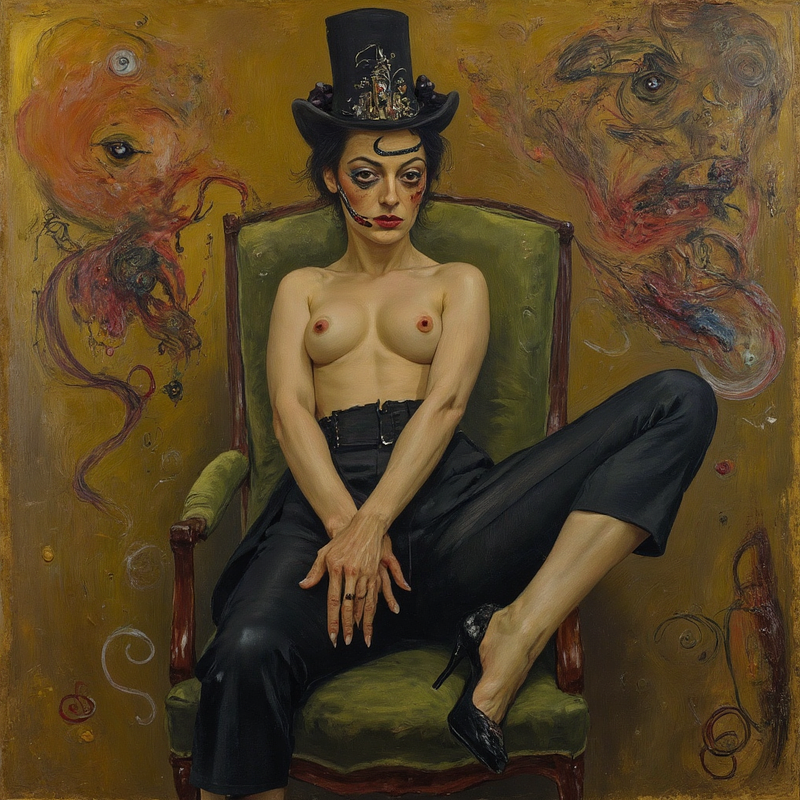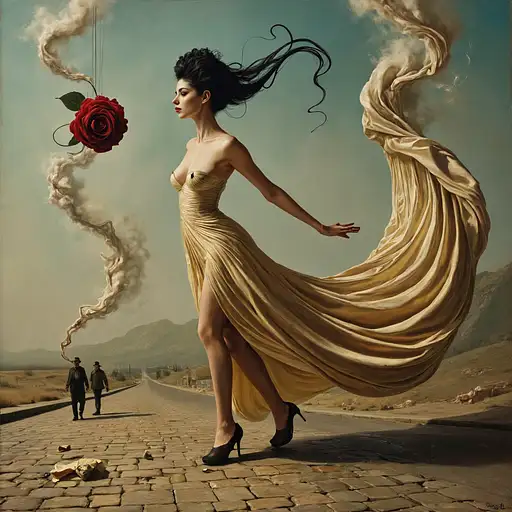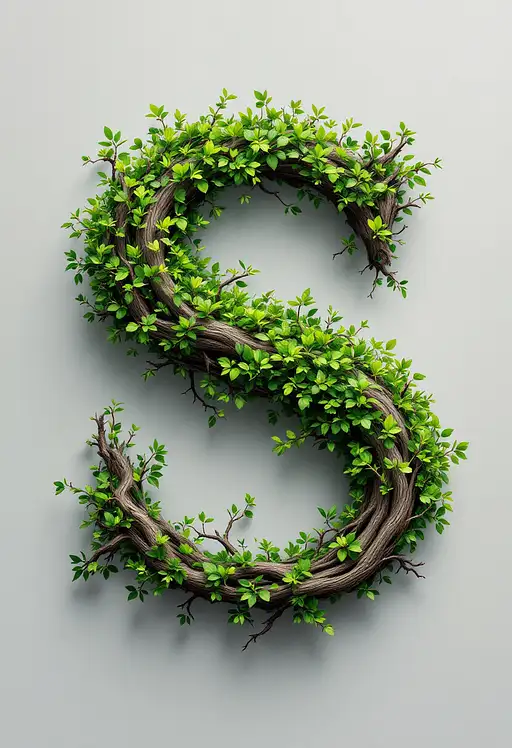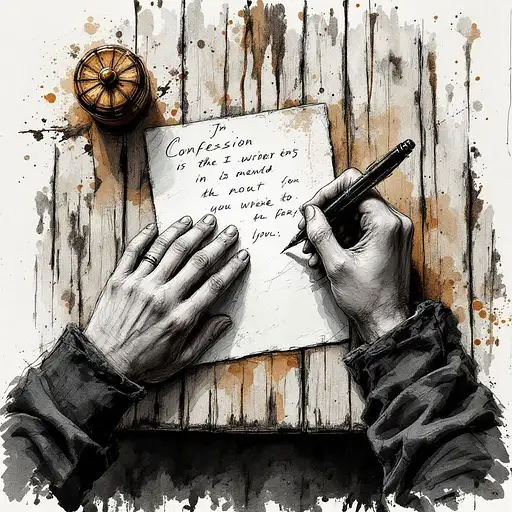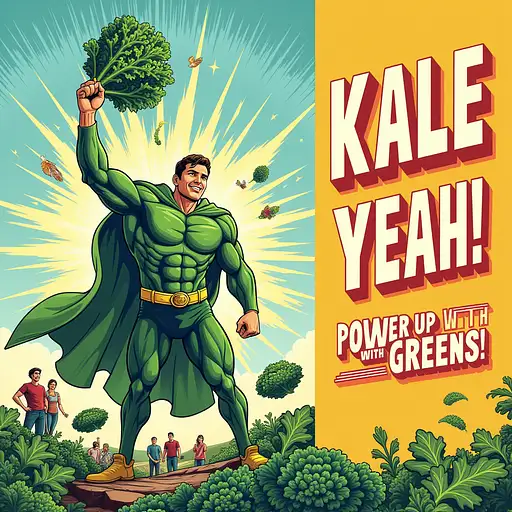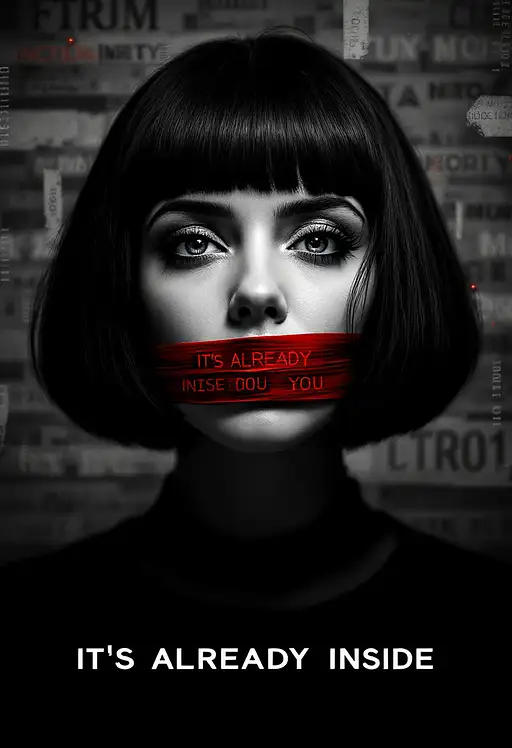
9 months ago
Create a highly detailed, ultra-realistic advertising poster for a limited-edition 0.5-liter brown beer bottle named "Nimm2 Beer." The bottle features an intricate, dark antique copper-colored, Baroque-inspired 3D design, with raised, swirling patterns and ornamental flourishes that create a richly textured, embossed appearance. The bottle is captured in a professional product photography setup, rendered in 8K resolution with hyper-detailed textures and micro-imperfections (e.g., slight scratches or uneven embossing) to enhance realism. Sharp highlights and deep shadows emphasize the 3D details, with a focus on the tactile quality of the embossed surface. Due to high humidity, visible drops of condensation form on the beer bottle, suggesting freshness and coolness. These water droplets are realistically rendered with varying sizes and distributions, mimicking natural condensation patterns. The condensation is subtle yet noticeable, enhancing the bottle's texture without obscuring the intricate design or label. The lighting interacts with the condensation, creating reflective highlights on the droplets that add depth and realism to the scene. The bottle's label is high-quality and artistically sophisticated, designed in white, blue, and gold. The name "Nimm2" is prominently printed in large, bold lettering on the label, accompanied by details indicating it is a Special Edition for 2025. The golden crown cap gleams under the light, with reflective highlights accentuating its glossy, metallic texture. The bottle is positioned upright, slightly tilted to showcase the intricate design, label details, and condensation, captured in a close-up perspective from a slight angle to enhance depth and focus. The background features a muted, earthy gradient transitioning from darker to lighter tones, incorporating subtle natural elements such as soil, tree bark, and forest moss to create an immersive, organic atmosphere. To maintain focus on the bottle, these elements are blended softly into the gradient, avoiding overpowering the composition. The gradient is slightly cooler or more neutral to ensure the bottle's warm brown and gold hues, along with the condensation, stand out. This background adds depth while keeping the bottle as the unambiguous focal point. The lighting is soft white daylight, streaming from above or the side, creating strong contrasts that highlight the raised patterns on the bottle and the reflective condensation droplets. A subtle spotlight effect on the bottle enhances its prominence and creates a dramatic interplay of light and shadow. Dark areas of the image have a cool, bluish tone, while bright areas exhibit a warm, golden hue, enhancing the overall refinement of the scene. The image style blends photorealism with artistic representation, presenting the bottle as a work of art. The mood is cinematic and dramatic, emphasizing the exclusivity and premium quality of the special-edition beer. The composition feels sophisticated and inviting, with a clear narrative of craftsmanship and luxury.
